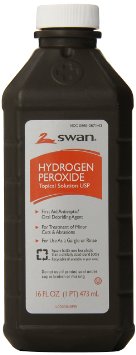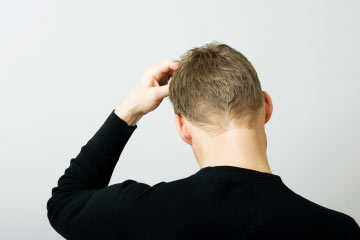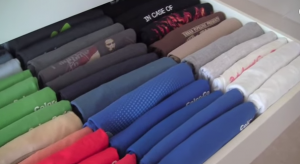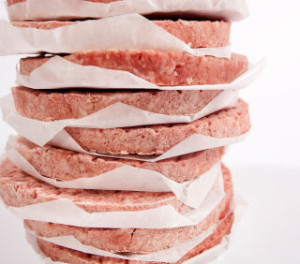 Peroxide is one of those first aid items that every household should have on hand! It’s effective at killing bacteria and germs, it’s cheap, and it’s super versatile. While hydrogen peroxide is usually used as a first aid item, it’s actually a great cleaner as well! If you’re overstocked on peroxide or just looking for a greener and cheaper homemade cleaner, take a look at this list of all sorts of things you can clean with peroxide…
Peroxide is one of those first aid items that every household should have on hand! It’s effective at killing bacteria and germs, it’s cheap, and it’s super versatile. While hydrogen peroxide is usually used as a first aid item, it’s actually a great cleaner as well! If you’re overstocked on peroxide or just looking for a greener and cheaper homemade cleaner, take a look at this list of all sorts of things you can clean with peroxide…
1. Kitchen Counters
Because it’s a great germ killer, you can clean with peroxide in the kitchen, where foodborne germs run rampent! Just spray it on your counters, cutting boards, and other surfaces and wipe clean to kill germs.
2. Sponges
Kill germs on your sponges by soaking them for several minutes in hydrogen peroxide. No more germs!
3. Bathroom Surfaces
Clean with peroxide in your bathroom to kill germs there too! Unlike bleach, hydrogen peroxide is safe for use in septic tanks as well. And, it can help remove stains on tile and ceramic!
4. Tile Grout
I already mentioned cleaning with peroxide in your bathroom above, but I also wanted to highlight cleaning grout in particular. If you have white grout between your tiles, clean with peroxide to bleach it and make it brighter!
5. Moldy Surfaces
Mold has a frustrating way of coming back again and again on some damp surfaces. To kill and get rid of mold, saturate the surface with undiluted hydrogen peroxide. Let the peroxide set for several minutes, then scrub the mold away and wipe with a clean cloth. You can also prevent mold in the future by spritzing the area with undiluted hydrogen peroxide periodically and allowing it to dry.
6. Laundry
Hate using bleach in your laundry to whiten whites? Use the same amount of peroxide instead. This will help whiten whites, and peroxide can even be used to remove blood stains! Be careful, though, because peroxide will bleach the color out of fabrics, so only use it on white or light colored clothing and be sure to spot test first.
7. Your Mouth
Stinky bad breath is a bummer! Gargling with a mixture of 50% water and 50% hydrogen peroxide can kill odor causing bacteria, though, leaving you with fresher breath. As an added bonus, it can also help whiten teeth to some degree.
8. Fingernails
If your fingernails are left stained and nasty looking after using a dark polish, a little hydrogen peroxide can come in handy. Soak your nails in undiluted hydrogen peroxide for a few minutes and use baking soda (or a baking soda toothpaste!) to scrub away stains with a nail brush.
9. Vegetables
You should always wash your produce before using it. For extra germ busting power on a budget, skip the expensive vegetable washing products and use hydrogen peroxide instead. Let it sit on the veggies for a few minutes and rinse under cold water.
If you’re going to clean with hydrogen peroxide on a regular basis, keep in mind that it degrades quickly when exposed to light. This means that the antibacterial and disinfectant qualities that makes it such a great cleaner will no longer be there. Make sure you store any hydrogen peroxide cleaners in opaque bottles. Sometimes you can even twist a spray nozzle onto the original container.
Also, hydrogen peroxide will bleach or discolor some surface. Be sure to spot test any surface before you clean with hydrogen peroxide to ensure that it will not harm the surface. This is especially true for fabrics!
Finally, the peroxide referred to here is 3% peroxide, which is normally found in most medicine cabinets and first aid aisles. In such a small concentration, it is generally very safe to use. Using a stronger concentration, such as a commercial grade peroxide, could be harmful to some surfaces or even harmful to humans.






